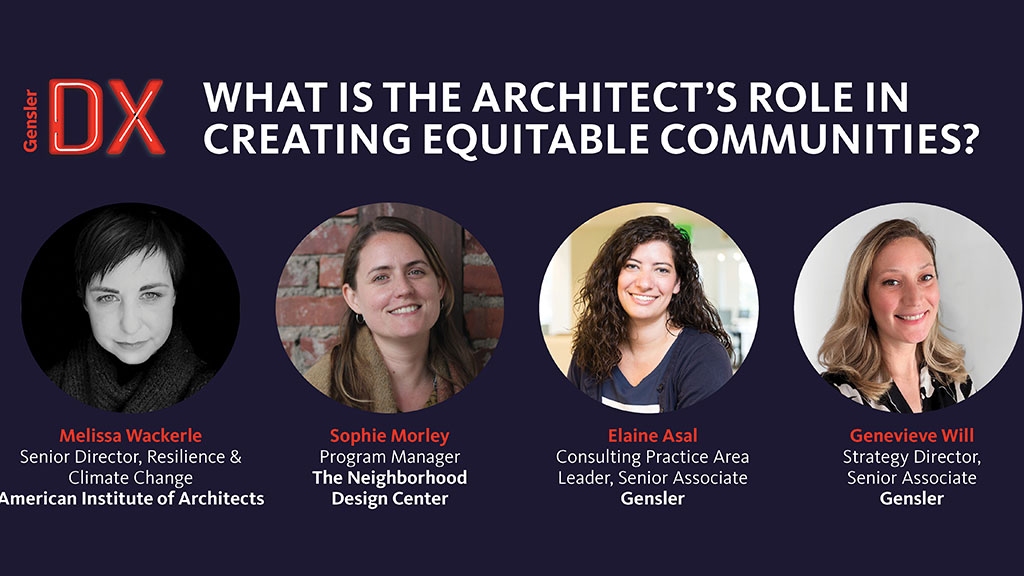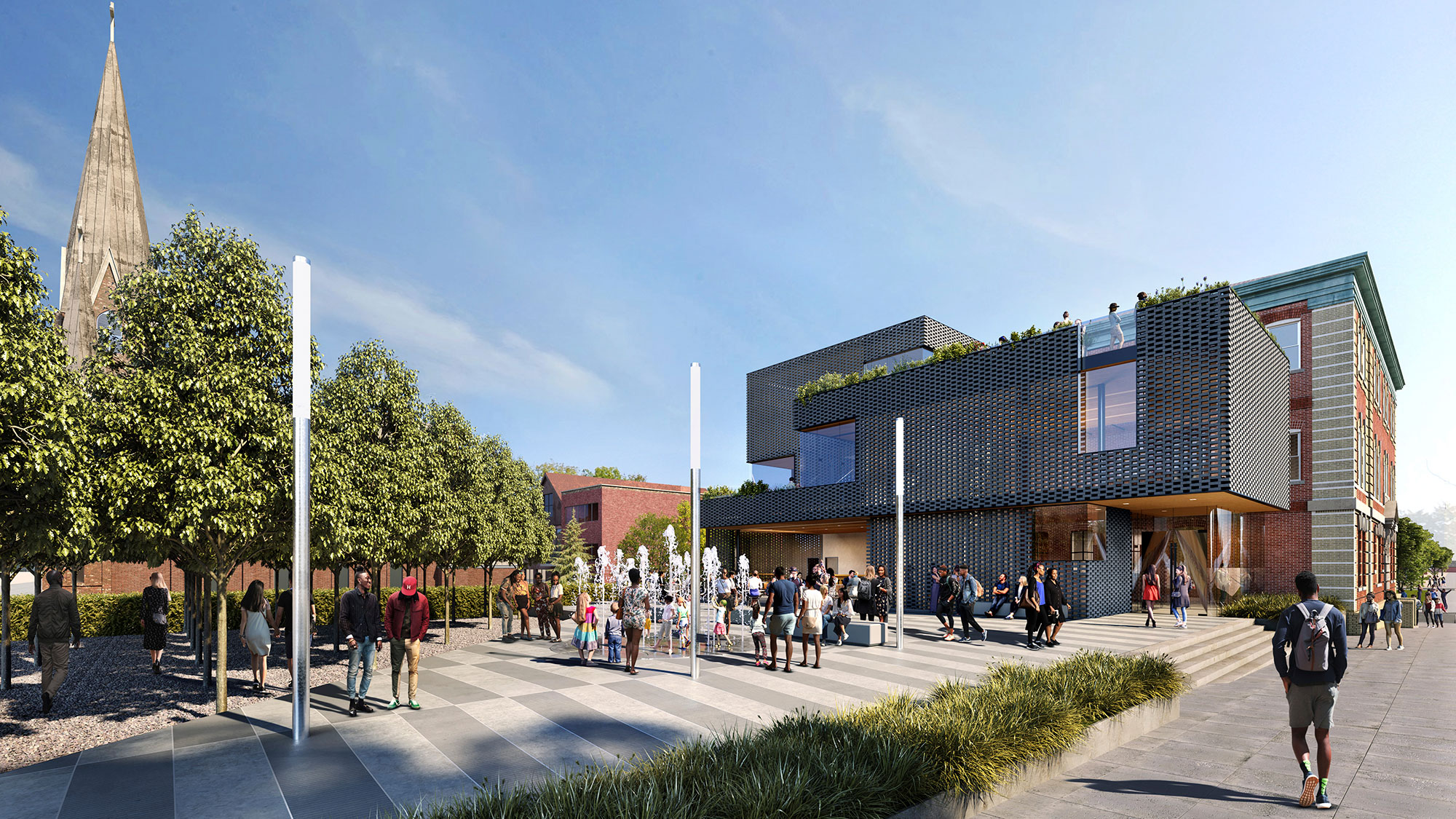What Is the Architect’s Role in Creating Equitable Communities?
March 30, 2023
Editor's note: this podcast episode originally appeared on the Gensler Design Exchange podcast.
As shapers of the physical world, architects and designers have direct impacts on the areas in which they design and build. These impacts result in outcomes that extend to social equity. In fact, equitable design is one of the 10 Meta Trends outlined in the Gensler Design Forecast 2023.
It is no secret that the built environment has contributed to social, economic, health, environmental, and geographic inequalities that are still present today. Highly segregated white neighborhoods report the best life outcomes. Household income in these neighborhoods is nearly double incomes in segregated communities of color, and life expectancies are four years longer. The disparity in outcomes is a direct result of historically unjust policies and actions that have created barriers and obstacles for specific groups within American society. Business as usual in this arena will only perpetuate this problem.
In response, Gensler, along with The Neighborhood Design Center, and myriad community voices collaborated to create the Architect’s Role in Creating Equitable Communities, a new resource for the American Institute of Architects.
In this episode of the Gensler Design Exchange podcast, host Brandon Larcom sat down with Melissa Wackerle, senior director, Resilience & Climate Change, American Institute of Architects; Sophie Morley, program manager, The Neighborhood Design Center — Prince George’s County Office; Elaine Asal, a strategy leader in Gensler’s Baltimore office; and Genevieve Will, a senior strategist in Gensler’s Los Angeles office, to talk about this new resource, how it was created, why it’s important, and how architects and designers can use it.

The resource shares how architects can, in their practices, bring about racially just and equitable outcomes for all members of the communities they serve. These actions take place both within projects and beyond. Although there are numerous challenges in the design and development process that can hinder the depth of impact, providing designers frameworks for actionable tools, tactics, and strategies can help them understand the extent of their agency.

Tune in to hear the full conversation.
Subscribe to Gensler Design Exchange on Apple Podcasts, Apple Podcasts, Spotify, Stitcher, and Libsyn — or anywhere you listen to podcasts.
For media inquiries, email .
